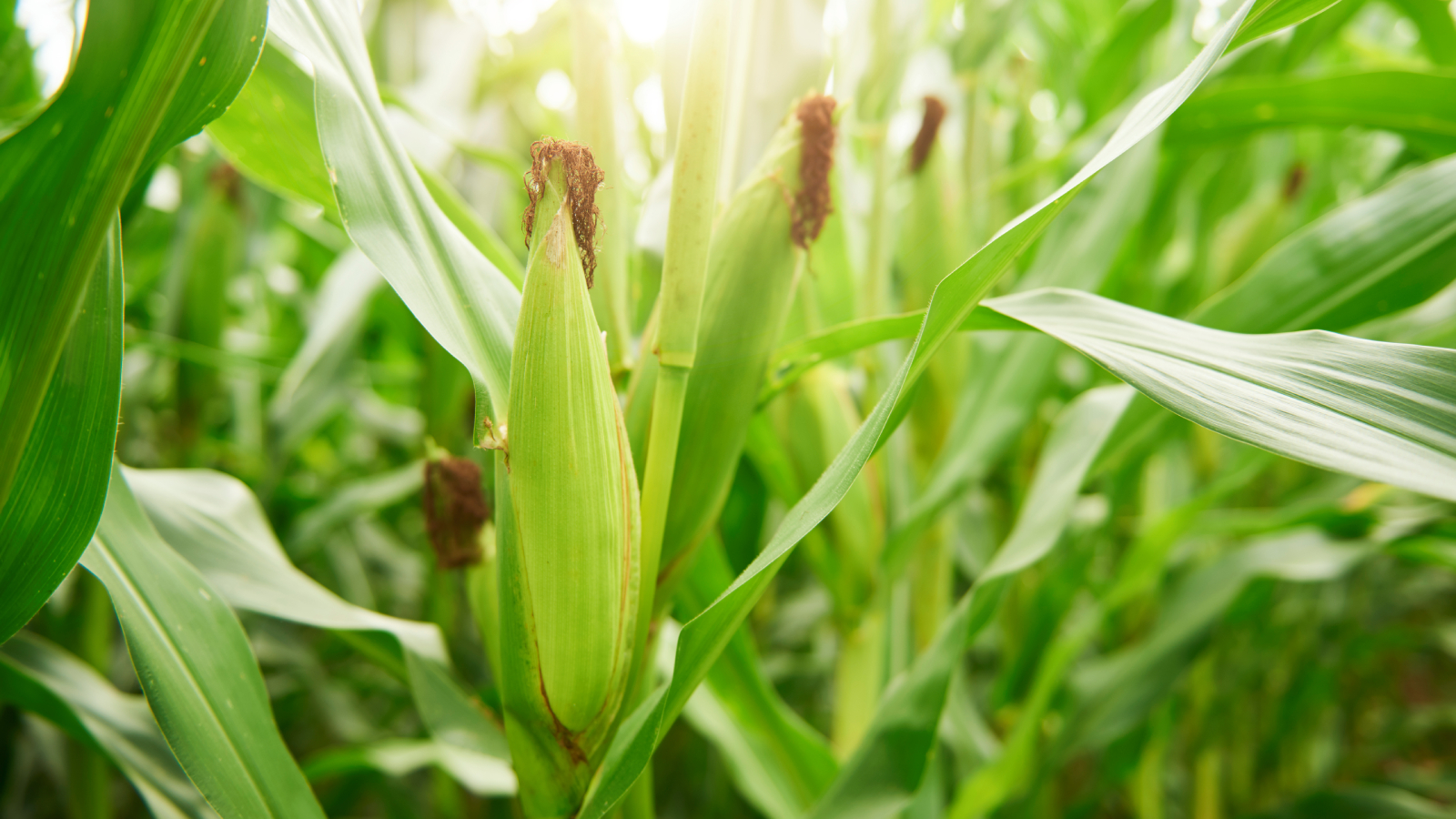Growing Sweet Corn In The Garden: Everything You Need To Know
Growing sweet corn at home is simple and yields delicious results. Here's everything you need to know to grow your very own corn on the cob.

Amy Draiss

Sweet corn plants are definitely a warm season crop, easy to grow in any garden. You can plant either sweet corn plants or super sweet corn plants, but don't grow them together because they may not do well. Read on to learn more.
Sweet Corn vs. Traditional Corn
So what's the difference between growing traditional field corn and growing sweet corn? Simple: the taste. Many people grow corn, but what is known as field corn has a starchier flavor and a slightly harder cob. Sweet corn, on the other hand, is softer and has a pleasantly sweet taste.
Planting sweet corn is fairly easy and not much different than growing traditional corn. Practicing proper planting will keep it growing healthy throughout the summer so you can be eating fresh corn on the cob in no time.
How to Grow Sweet Corn
Be sure when planting sweet corn that the soil is warm -- at least above 55 degrees F. (13 C.). If you plant super sweet corn, be sure the soil is at least 65 degrees F. (18 C.), as super sweet corn prefers a warmer climate.
The best way on how to grow sweet corn is to plant an early variety near the beginning of the season, then wait a couple weeks to plant another early variety, and then plant a later variety. This will help you to have fresh sweet corn to eat all summer long.
Planting Sweet Corn
When planting sweet corn, plant the seeds 1/2 inch (1 cm.) deep in cool, moist soil and at least 1 to 1 1/2 inches (2.5-4 cm.) deep in warm, dry soil. Plant 12 inches (31 cm.) apart with at least 30 to 36 inches (76-91 cm.) between rows. This protects the plants from cross-pollination if you have planted different varieties.
When growing sweet corn, it's important to note that you can plant different corn varieties, but you don't want them near each other. If you cross sweet corn plants with other varieties of corn, you can get starchy corn, which is something you don't want.
Sign up for the Gardening Know How newsletter today and receive a free copy of our e-book "How to Grow Delicious Tomatoes".
You can cultivate the corn rows shallowly, so you do not injure the roots. Make sure you water the corn if there has been no rain so they get enough moisture.
How and When to Pick Sweet Corn
Picking sweet corn is easy enough to do. Each stalk of sweet corn should produce at least one ear of corn. This ear of corn is ready to pick about 20 days after you see signs of the first silk growing.
In order to pick the corn, just grab the ear, twist, pull in a downward motion, and snap it off quickly. Some stalks will grow a second ear, but it will be ready at a later date.
Sweet corn requires little care. It's one of the easiest plants to grow in a garden, and sweet corn plants almost always do well. You'll be enjoying sweet corn in no time!

Kathee Mierzejewski was with Gardening Know How in the very beginning, writing many of the site's foundational articles.
- Amy DraissDigital Community Manager